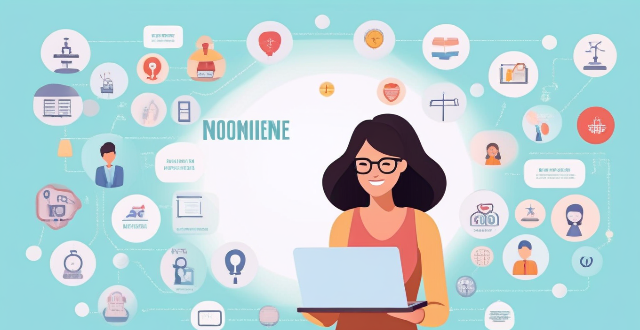The text provides a comprehensive overview of the status of women in STEM education and careers. It outlines key challenges and disparities faced by women at different levels of their academic and professional journeys, from undergraduate education to senior positions in academia and industry. The article also discusses barriers such as bias, stereotyping, workplace culture issues, and limited resources that contribute to these disparities. Initiatives aimed at improving the representation and advancement of women in STEM fields are highlighted, including educational programs, professional development opportunities, and policy changes. Despite progress, the need for continued efforts to achieve gender parity in STEM is emphasized.

The Status of Women in STEM Education and Careers
Despite significant progress over the past few decades, women continue to face challenges in pursuing education and careers in science, technology, engineering, and mathematics (STEM). Here is a detailed overview of the current status of women in STEM:
Education
Undergraduate Education
- Enrollment: Women are generally well-represented at the undergraduate level in many STEM fields. However, there are still disparities in certain subfields like engineering and computer science.
- Degrees Awarded: While women earn approximately half of all bachelor's degrees, their representation in some STEM majors is lower. For instance, only about 20% of engineering degrees go to women.
Graduate Education
- Advanced Degrees: Women's participation drops significantly at the graduate level, particularly in engineering and the physical sciences.
- PhD Recipients: In some STEM disciplines, women comprise less than one-third of PhD recipients.
Postdoctoral Research
- Research Positions: Women are underrepresented in postdoctoral research positions, which can be a stepping stone to faculty roles or other research careers.
Careers
Academia
- Faculty Positions: Women are less likely to be hired for tenure-track faculty positions and often face barriers to promotion and tenure.
- Senior Ranks: As one moves up the academic ladder, the percentage of women decreases, with fewer women in senior ranks such as full professorships.
Industry
- Employment: Women are less represented in STEM occupations across various industries compared to their male counterparts.
- Leadership Roles: Fewer women occupy high-level executive positions within STEM companies and organizations.
- Pay Gap: Women in STEM often experience a wage gap, earning less than men for equivalent work.
Government and Nonprofit Sectors
- Policy Making: Women's influence on STEM policy making is limited due to their minority presence in decision-making roles.
- Nonprofit Organizations: Women play a more prominent role in nonprofit organizations focused on STEM education and advocacy but still face challenges in securing leadership positions and funding.
Barriers and Challenges
Bias and Stereotyping
- Gender Bias: Women may encounter unconscious biases during hiring, promotion, and evaluation processes.
- Stereotyping: Stereotypes about women's abilities and interests can discourage them from pursuing or advancing in STEM fields.
Workplace Culture
- Work-Life Balance: The intense demands of STEM careers can conflict with family responsibilities, leading some women to leave the workforce or not pursue advancement.
- Harassment and Discrimination: Reports of harassment and discrimination have become more visible in recent years, highlighting an ongoing issue for women in STEM environments.
Resources and Opportunities
- Mentorship and Networking: Lack of access to mentorship and professional networks can hinder women's career development.
- Funding Disparities: Women researchers may have difficulty securing funding for their projects compared to their male counterparts.
Initiatives and Progress
Educational Programs
- Outreach: Many programs aim to inspire young girls to pursue STEM studies through hands-on experiences and role model exposure.
- Scholarships: Scholarships and fellowships specifically for women in STEM help alleviate financial barriers to education.
Professional Development
- Networking Events: Events like conferences and workshops provide opportunities for professional growth and networking among women in STEM.
- Mentorship Programs: Formal and informal mentorship programs connect early-career women with seasoned professionals who offer guidance and support.
Policy Changes
- Diversity Initiatives: Universities, corporations, and government agencies have implemented diversity initiatives aimed at increasing the number of women in STEM fields.
- Anti-Discrimination Laws: Legal frameworks exist to combat discrimination and promote equality in the workplace.
In conclusion, while there has been progress towards gender parity in STEM education and careers, significant disparities remain. Addressing these issues requires concerted efforts from educational institutions, industry leaders, policymakers, and society at large to create an inclusive environment where women can thrive in STEM fields.